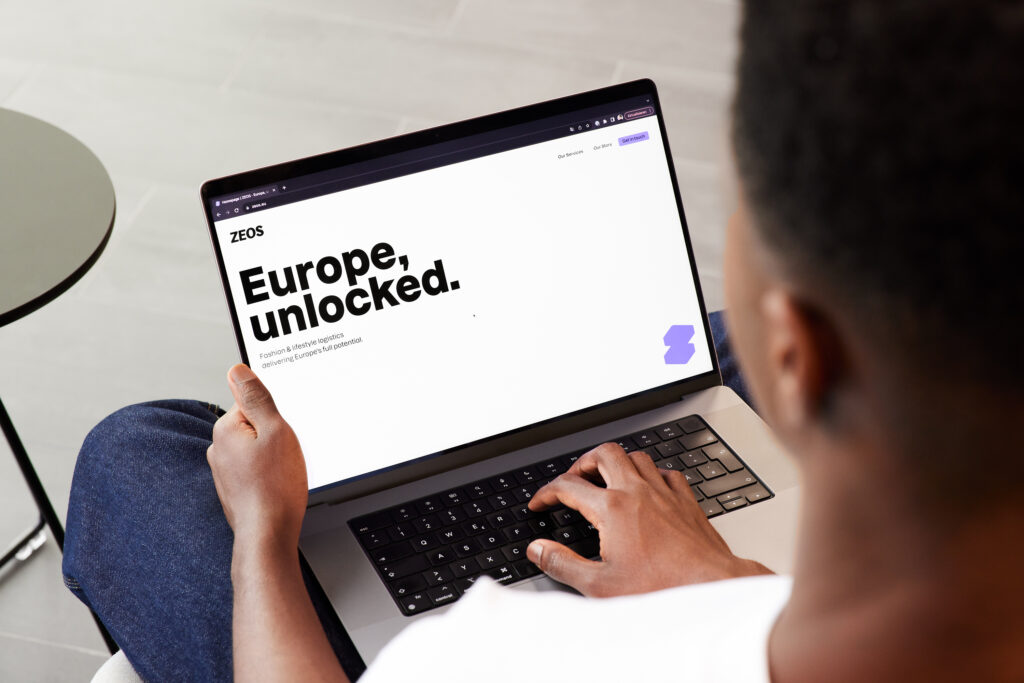Zalando is evolving its strategy to build a fashion and lifestyle e-commerce ecosystem. By becoming an ecosystem, Zalando will be able to cover a larger share of the fashion and lifestyle market and deepen its relationships with customers and partners. His new B2B brand, ZEOS, launched in fall 2023, is a key pillar of this strategy, as it goes far beyond Zalando to help brands and retailers run successful e-commerce businesses. It becomes.
Europe is complex: a unique mix of markets
Although Europe is often seen as one large market like the US or China, it is actually a combination of many individual markets. In the US, most people speak the same language, pay in US dollars, and have their packages delivered by major US carriers. Europe has more than 40 countries, more than 30 languages and currencies, many preferred payment methods, and a wide variety of local logistics providers. Additionally, consumers across Europe have very different shopping habits and preferences. For example, in Germany home delivery is preferred, while in Poland consumers prefer to receive their packages from a delivery locker.
Further complicating the situation, each European market has a mix of regionally relevant distribution channels, such as ASOS in the UK and La Redoute in France. If brands want to make the most of Europe's potential, they need to consider all these factors and be active across multiple sales channels.
High costs and inefficiencies: challenges for brands and retailers
As a result, brands and retailers face significant challenges in serving customers across European markets and channels. First, it requires dozens of integrations at both the channel and market level. Delivering a localized experience in each market requires data planning, connecting to each channel, and integrating with dozens of payment providers and last-mile carriers. Second, your inventory will be split up. Some of the inventory is stored on the market, some in the brand's own warehouses, and the rest with third-party logistics providers. This means that products cannot be moved between different channels and markets, leading to overstocks and stockouts in some channels. Out of stock elsewhere.
Third, brands suffer from a lack of transparency and insight into their overall online business. They have to deal with multiple dashboards and siled product intelligence, unable to connect product performance to trading and inventory management decisions. Finally, multiple consolidations, inventory splits, and lack of control result in one customer order being split into multiple parcels and shipments, sending unnecessary parcels.
Backed by years of experience and Zalando's capabilities
Over the past 15 years, Zalando has successfully expanded across Europe, gaining valuable experience, building its own technological backbone and investing in a pan-European logistics network tailored to fashion and lifestyle. With the launch of the Partner Program and his Zalando Logistics Solutions, these assets are now open to partners selling with his Zalando. Watch the video to learn more.


